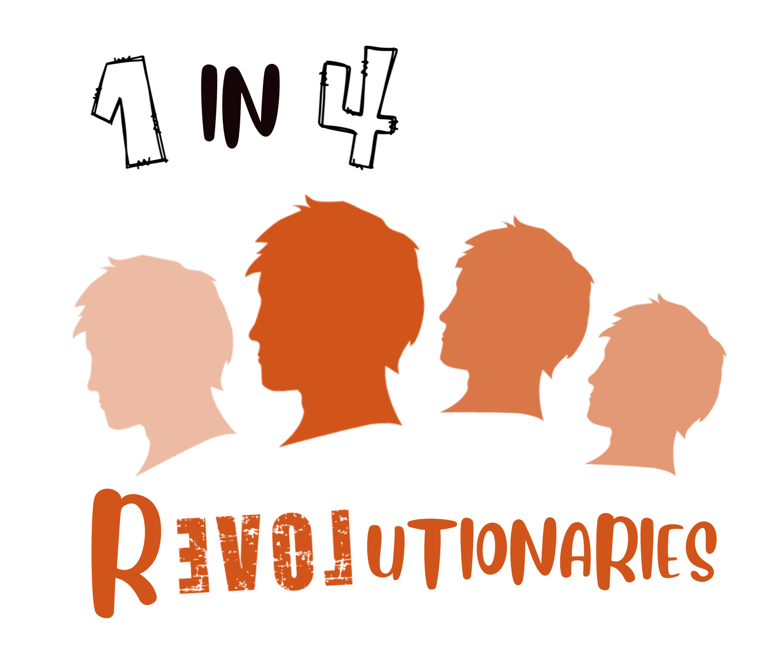MOVEMENT AND POSTURE RELATED THERAPIES
ALEXANDER TECHNIQUE - The Alexander Technique is a method of mental and physical re-education taught individually, which has the effect of reducing unnecessary tension in human activity. The Technique is concerned with thinking, balance and ease of movement in any activity throughout our daily lives, whether at work or at play. From childhood to old age, those who practise it learn how to use themselves to best advantage.
BOWEN TECHNIQUE - Bowen therapy, also called Bowenwork or Bowtech, is a form of bodywork or touch therapy. It involves gently stretching the fascia — the soft tissue that covers all your muscles and organs — to promote pain relief and relaxation. A Bowen therapist uses precise and gentle, rolling hand movements. The motions focus on the muscles, tendons, and ligaments, along with the fascia and skin around them. The idea is to reduce pain by stimulating the nervous system. Bowen therapy was created by Thomas Ambrose Bowen (1916–1982) in Australia. Though Bowen wasn’t a medical practitioner, he claimed that the therapy could reset the body’s pain response.
BREATH WORK THERAPY - Breathwork is a general term used to describe any type of therapy that utilizes breathing exercises to improve mental, physical, and spiritual health. Many forms of breathwork therapy exist today. Each has its own unique methods of using breath for healing purposes. It draws from Eastern practices like yoga and Tai Chi while incorporating Western psychotherapy techniques. To bring about self-awareness, breathwork can include elements of talk therapy, breathing exercises, art, music, and bodywork.
QI GONG - Qigong (pronounced chee gong, chee gung, or chee kung), is an ancient form of exercise from China. It consists of a combination of mindful movements, still postures, meditation, and breathing techniques. Qigong is a holistic practice that connects mind, body, and spirit. Qigong has recently become popular all around the world for its many health benefits, but it originated in China over 4,000 years ago. The word “qigong” comes from the Chinese words “qi,” which refers to energy found in all things (a universal life force), and “gong” which means skilled cultivation. Qigong, therefore, means “energy work” or “skilled cultivation of energy.”
THAI CHI - Tai chi (chuan) is a Chinese martial art that combines slow movements, deep breathing, and a meditative state. Research continues to show that tai chi elicits a relaxation response and promotes physical health, healing, and mental well-being. At it’s core, tai chi is series of movements that coordinate the hands, feet, body, mind, and breath. There are long and short versions of the tai chi form as well as forms that involve weapons. It has its origins in China with fighting and self-defense designed for the military and religious monks alike. Therefore it’s a martial art but most practitioners study it today in a non-competitive way.
WALK AND TALK THERAPY - Sometimes called outdoor therapy, wild therapy or nature therapy, takes counselling and psychotherapy out of the therapy room and into the great outdoors. “From ‘forest bathing’ - simply spending time among the trees - to running therapy, outdoor therapy can be any kind of mental health care that takes place outdoors,” says William Pullen. Research shows it’s useful for those who feel stuck in therapy, for survivors of institutional and therapeutic abuse, and for those who have had bad experiences of therapy. It can also be helpful for people who find the conventional therapy setting awkward and uncomfortable, as well as those who generally find it easier to talk when moving.
YOGA - Yoga is a Sanskrit word translated as “yoke” or “union.” To yoke means to draw together, to bind together; or to unite. Its aim is to yoke or create a union of the body, mind, soul, and universal consciousness. This process of uniting the physical, mental, emotional, and spiritual aspects of ourselves is what allows yogis to experience deep states of freedom, peace and self-realization. Yogic practices include breathing techniques, postures, relaxation, chanting, and other meditation methods. The Yoga Sutras is one of the most famous text on the fundamentals of yoga and was written by Patanjali around 200 BCE. In this foundational text, he defines yoga in sutra 1.2 as: yogash chitta-vritti-nirodhah. This translates as “Yoga is the cessation of the whirling fluctuations of the mind.” This cessation of thoughts is the result of a dedicated and consistent practice of yoga. By calming our mental chatter, this contemplative practice connects to the source of our being where we can experience the unity of our own self, as well as the unity of everything else around us.
